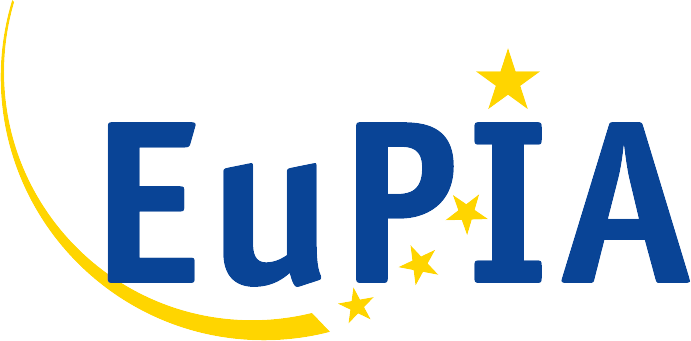Risk assessment & migration
Non-Intentionally Added Substances (NIAS) play an important role in the food safety discussion. They are present either as impurities in raw materials used in FCM inks or can be formed during manufacturing or conversion processes. In case these NIAS are potential migrants they need to be properly risk assessed. The use of non-listed substances in raw materials is only allowed when a risk assessment results in compliance with the Framework Regulation requirements. A guidance document in this regard is available
In the absence of harmonised test methods for non-plastic FCM, the conditions used in the Plastics Regulation are often also applied to non-plastic FCM. However, plastic simulants and/or conditions may cause physical damage or changes to the non-plastic FCM leading to erroneous results. This is also true for printing inks. Hence, testing conditions better suited to the specificity of each FCM need to be proposed. There are, however, some important specifics that have to be observed when testing printed FCM on migration. To this end, EuPIA has published comprehensive guidance on migration testing methods.
Since 2018, EuPIA has been conducting migration tests with simulants and real foods for selected printing ink surrogates. Due to the large number of different surrogate components contained in the “model” printing ink and the associated analytical challenges, it turned out to be difficult to draw fundamental conclusions. Nevertheless, valuable information for test practice could be gained and is summarized in a conclusion document. In a follow-up experiment, it was demonstrated that performing accelerated migration tests on thin FCM films at elevated temperatures in combination with liquid food simulants can increase the permeability of the film.
EuPIA members’ experts have also been investigating the migration of nanoscale pigment particles from printing ink layers of printed food packaging into food: no migration of nanoscale pigment particles could be detected from ink layers of printed food packaging into food. A follow-up study focusing on nanoscale pigment particles from printing ink layers that are in transient (i.e. short-time) and direct contact with the food confirmed this result.
